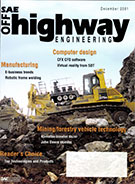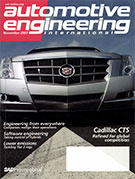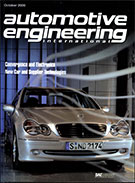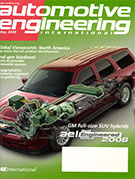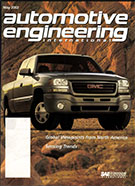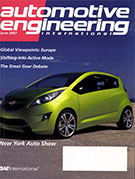Magazine
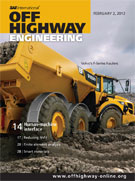
SAE Off-Highway Engineering 2012-02-02
2012-02-02
Easy to control Designers grab a range of technologies to create controls that are simpler for operators to use. Designing quiet off-highway equipment OEMs and suppliers are using new materials and innovative designs to reduce NVH for both vehicle operators and the environment. Using FEA in off-highway design The process of considering weld redundancy in virtual simulation is a complex way of ensuring that weldment design is robust enough to prevail over accidental weld redundancy that might occur during manufacturing. Efficient and effective leadership Frank O. Klegon, a 30-year SAE member and former product development VP at Chrysler, begins term as chief elective officer of SAE International. Making battlefield targets disappear The use of 'smart' special materials has the potential to radically alter the way military platforms are defended, and used.





